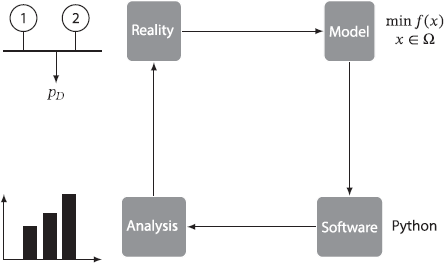Alejandro Garcés - Mathematical Programming for Power Systems Operation: From Theory to Applications in Python
Here you can read online Alejandro Garcés - Mathematical Programming for Power Systems Operation: From Theory to Applications in Python full text of the book (entire story) in english for free. Download pdf and epub, get meaning, cover and reviews about this ebook. year: 2021, publisher: Wiley-IEEE Press, genre: Children. Description of the work, (preface) as well as reviews are available. Best literature library LitArk.com created for fans of good reading and offers a wide selection of genres:
Romance novel
Science fiction
Adventure
Detective
Science
History
Home and family
Prose
Art
Politics
Computer
Non-fiction
Religion
Business
Children
Humor
Choose a favorite category and find really read worthwhile books. Enjoy immersion in the world of imagination, feel the emotions of the characters or learn something new for yourself, make an fascinating discovery.
- Book:Mathematical Programming for Power Systems Operation: From Theory to Applications in Python
- Author:
- Publisher:Wiley-IEEE Press
- Genre:
- Year:2021
- Rating:5 / 5
- Favourites:Add to favourites
- Your mark:
Mathematical Programming for Power Systems Operation: From Theory to Applications in Python: summary, description and annotation
We offer to read an annotation, description, summary or preface (depends on what the author of the book "Mathematical Programming for Power Systems Operation: From Theory to Applications in Python" wrote himself). If you haven't found the necessary information about the book — write in the comments, we will try to find it.
Explore the theoretical foundations and real-world power system applications of convex programming
In Mathematical Programming for Power System Operation with Applications in Python, Professor Alejandro Garces delivers a comprehensive overview of power system operations models with a focus on convex optimization models and their implementation in Python. Divided into two parts, the book begins with a theoretical analysis of convex optimization models before moving on to related applications in power systems operations.
The author eschews concepts of topology and functional analysis found in more mathematically oriented books in favor of a more natural approach. Using this perspective, he presents recent applications of convex optimization in power system operations problems.
Mathematical Programming for Power System Operation with Applications in Python uses Python and CVXPY as tools to solve power system optimization problems and includes models that can be solved with the presented framework. The book also includes:
- A thorough introduction to power system operation, including economic and environmental dispatch, optimal power flow, and hosting capacity
- Comprehensive explorations of the mathematical background of power system operation, including quadratic forms and norms and the basic theory of optimization
- Practical discussions of convex functions and convex sets, including affine and linear spaces, politopes, balls, and ellipsoids
- In-depth examinations of convex optimization, including global optimums, and first and second order conditions
Perfect for undergraduate students with some knowledge in power systems analysis, generation, or distribution, Mathematical Programming for Power System Operation with Applications in Python is also an ideal resource for graduate students and engineers practicing in the area of power system optimization.
Alejandro Garcés: author's other books
Who wrote Mathematical Programming for Power Systems Operation: From Theory to Applications in Python? Find out the surname, the name of the author of the book and a list of all author's works by series.

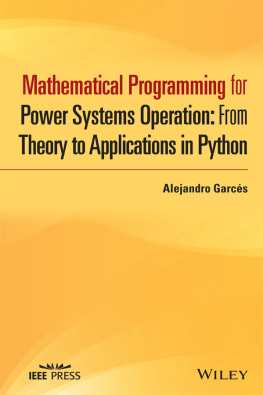

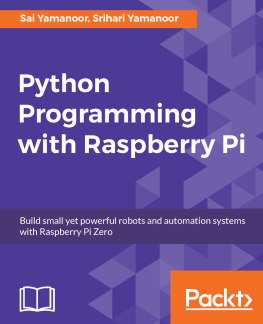
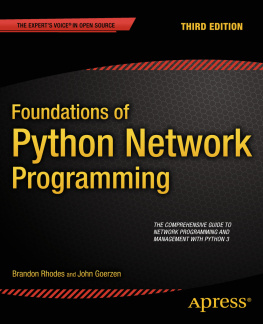
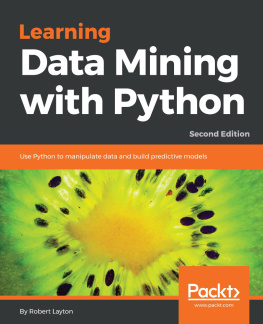
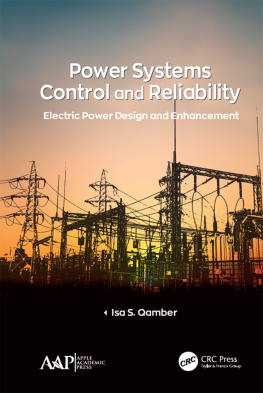
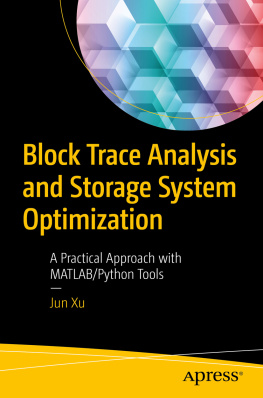
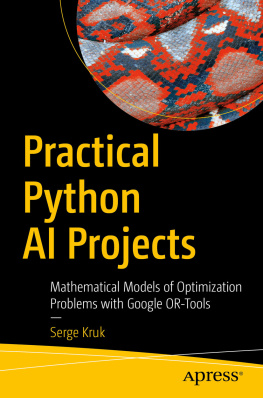


 (0.1)
(0.1)